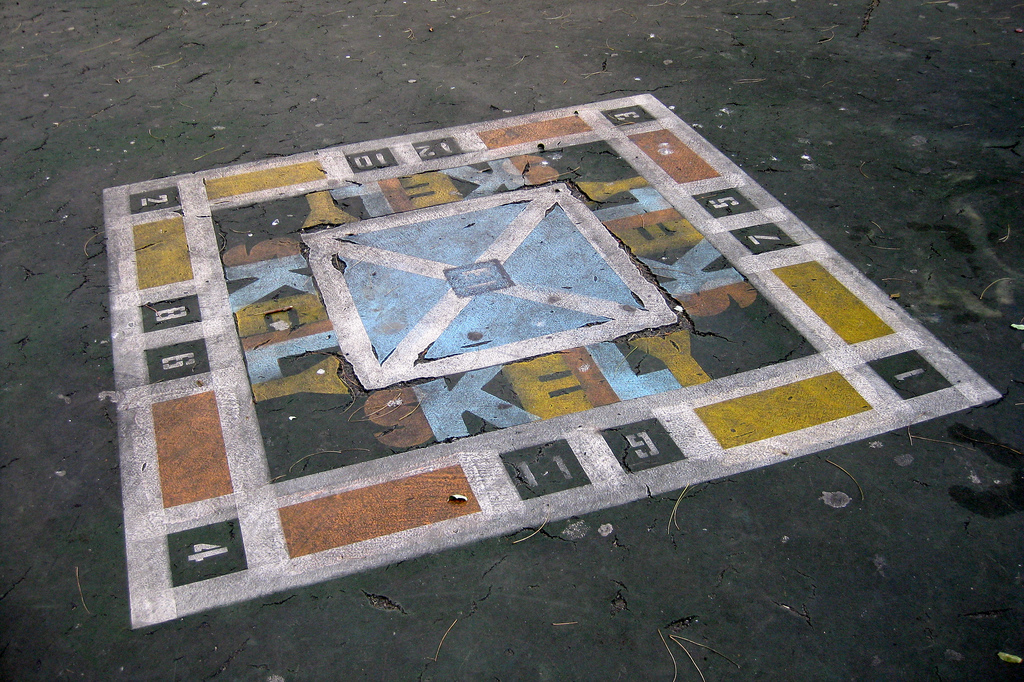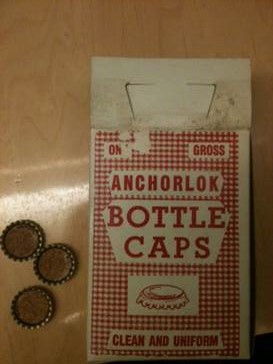Blog Archive
Child’s Play at 97 Orchard
Most visitors don’t notice it, but the re-created apartments in our tenement are constantly evolving. We’re adding new interpretive objects to our educational tours all the time, in an effort to tell the full story of the people who lived at 97 Orchard. For example, some new objects were recently added to our “Meet Bridget” program, which takes place in the Moore family apartment. These new items include a full coal bucket, a coffee grinder, a copper-tipped pen and ink bottle, a fiddle bow, and a letter.
Our “Victoria Confino” tour also has some interesting new props. The tour will now incorporate two toys appropriate to the tour’s era of 1916, thanks to Museum Educator Sarah Lohman, who researched and sourced these additions. These objects can be used to explore the role of play in the lives of young immigrants to the Lower East Side as they adjusted to their new surroundings, met neighbors, and learned new customs. In Children of the City (1985) David Nasaw paints a portrait of the role of play in urban immigrant life: “The children’s play community of the street, like all other play communities, was founded on a bedrock of rules… The block—that totality of street, gutter, sidewalk, stoop, and doorways—was informally divided to provide each group with the space it needed and a bit of distance from the others. Children of every ethnic, religious, racial, and language group played together. But girls did not always play with boys. Nor were the little ones allowed in the bigger ones’ games.”
The first new object in our Victoria tour is a batch of 1916-appropriate bottle caps that would have been used to play the game of Skelly.
Skelly—also known as skelsies, skully, killsies, loadsies, caps, bottle caps, or dead man—was played by flipping or flicking bottlecaps along a board (or pavement) drawn in chalk with either nine or thirteen squares on it. Anywhere from two more players could play. Each neighborhood had its own variation on the rules, but the basic idea was to use one’s fingers to shoot the piece (a bottlecap, poker chip, or other small item) through the course drawn on the street, then “kill” all the other players.

A modern-day Skelly board at the DeSalvio Playground, at Spring and Mulberry Streets. Photo by Flickr user wallyg.
The other new addition to the Victoria tour is a homemade ball—made according to early-twentieth-century instructions—to play stickball.
If you grew up on the Lower East Side, you might be familiar with the spaldeen, the red bouncing rubber ball that was used starting in 1949. (“Spaldeen” was a New York pronunciation of “Spaulding,” the ball manufacturer.) However, the game of stickball predates the spaldeen. Its predecessor was a homemade affair, made by taking a rock, wrapping it with rags, and winding string around. This new ball will be especially helpful for students in the “Meet Victoria” program who participate in the Creative Reuse activity, in which students make their own toys using recycled materials—a lesson in the limited resources and limited possessions many immigrants could bring with them from their home countries.
—Posted by the Museum’s Education Team


